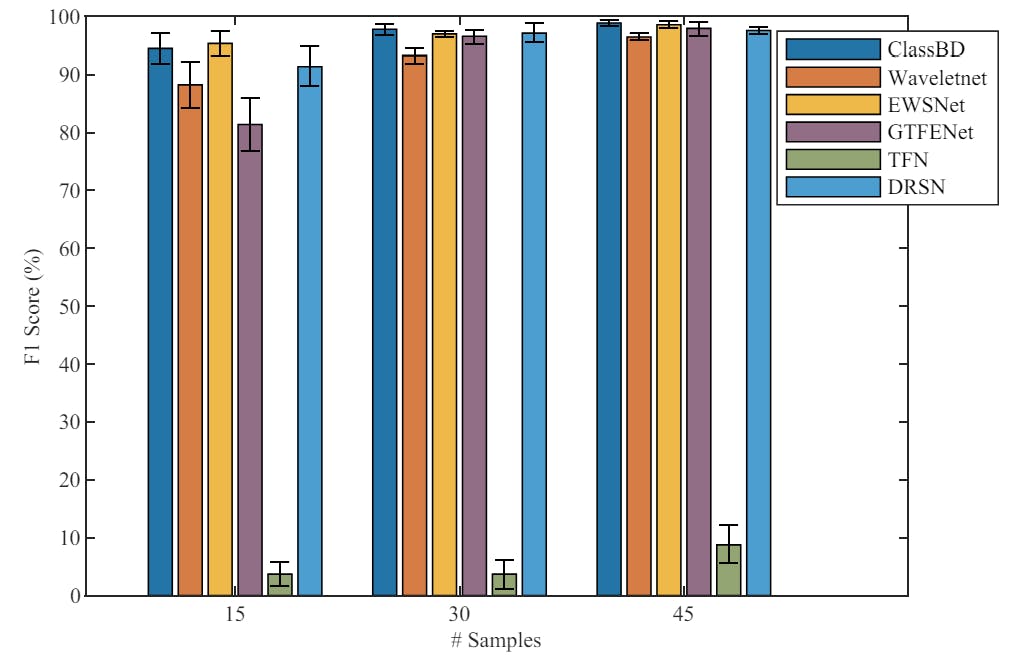Four years ago already the Raspberry Pi 400 was announced as a Raspberry Pi keyboard computer built around the Raspberry Pi 4, passively-cooled, and all packaged up nicely in a keyboard form factor. Announced earlier this month was the Raspberry Pi 500 as the successor and now built around the Raspberry Pi 5. For $90 USD this keyboard computer is a very versatile and convenient compact Linux PC.
Raspberry Pi sent over a Raspberry Pi 500 review sample that arrived a few days ago and I’ve begun putting it through its paces with plenty of benchmarks in being curious about the raw performance as well as the thermals with this upgraded keyboard computer. Long story short it’s been a mighty fine unit and a big performance upgrade over the Raspberry Pi 400.
The Raspberry Pi 500 features the same quad-core Arm Cortex-A76 Broadcom SoC as found in the Raspberry Pi 5 with VideoCore VII graphics, 8GB of LPDDR4X-4267 memory, dual 4K@60 micro-HDMI display outputs, 802.11ac WiFi, Gigabit Ethernet, RP1 I/O controller, etc in matching the Raspberry Pi 5 specs. Passively cooling the SoC within this keyboard computer is a large aluminum heatsink.
The Raspberry Pi 500 retails for just $90 USD or at $120 USD is the desktop kit that includes the mouse, micro HDMI cable, and power supply. Two weeks post launch the Raspberry Pi 500 remains in stock at Raspberry Pi’s partner Internet retailers and at the suggested pricing levels.
The Raspberry Pi 500 is extremely convenient for those planning to assemble a Raspberry Pi 5 single board computer for desktop use anyhow but without then having to worry about a case, heatsink, etc. My main critiques around the Raspberry Pi 500 being that it would be nice if there was an option for at least 16GB of RAM as 8GB really is slim for 2025+ standards… And the lack of any NVMe adapter built-in. As already reported a modder has been able to add an NVMe M.2 port to a Raspberry Pi 500 by leveraging an unused header on the PCB, but the Raspberry Pi 500 would be much more versatile if having that as an official option rather than being left to microSD.
I ran some benchmarks between the Raspberry Pi 400 and Raspberry Pi 500 while sticking to the same 128GB SF128 microSD card and running the Debian 12 based Raspberry Pi OS with the Linux 6.6 LTS kernel and GCC 12.2. The performance uplift was very impressive but not unexpected given the Raspberry Pi 5 vs. Raspberry Pi 4 performance previously shown on Phoronix. Monitoring the SoC temperature and peak clock frequencies also confirmed the great uplift and the Raspberry Pi 500 experiencing sufficient cooling.









